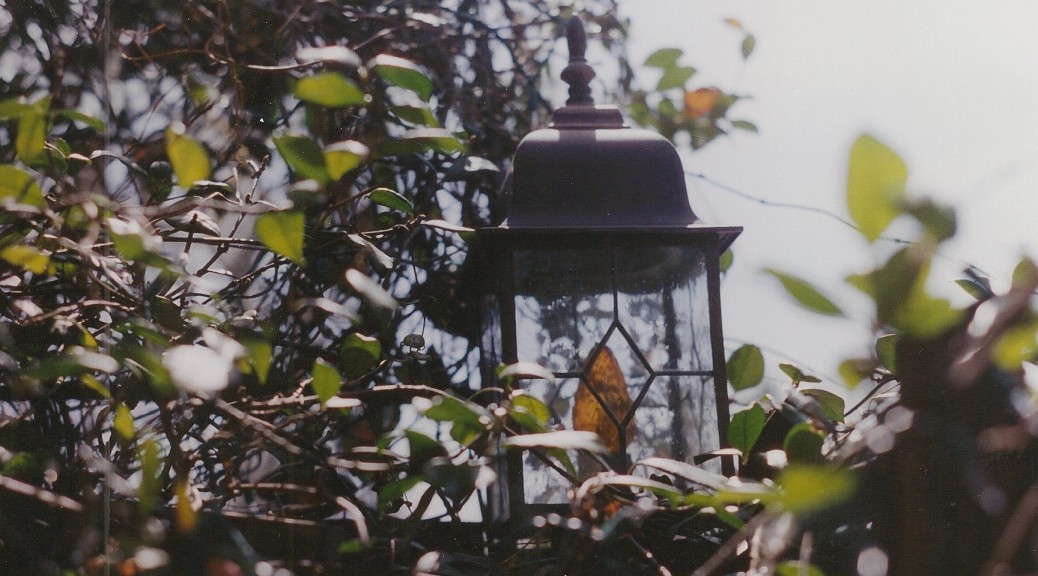Getting ready for Halloween and trying to keep up Blog and a hundred other things…HELP

Maybe I could take a trip through a stone circle and get a hot Scot to help me change my mood? OUTLANDER take me away
I thought it would be fun day to look at some origins of collectibles—these are antiques—want something a little more affordable–check out my STORE—just click on the word at top of page—and learn a bit more about them:
From the Steiff 1997 collection comes Teddy Girl 1905e. Teddy Girl is an authentic replica for $535,95 (Real original: $10,000-$12,000)
Steiff bears were given swivel limbs to make them easy to cuddle, a protruding black snout and leather or felt pads on their paws….Many had a humped back and some had stomachs fitted with a growler box…. In 1908, the Grand Duke of Russia bought a red Steiff bear for his daughter, Princess Xenia Georgievna, which she called Alfonzo in In 1989 it was sold at Christie’s for the then record figure of £12,100. http://www.dailymail.co.uk/femail/article-7262/Steiff-bear-facts.html#ixzz3GynLCFiS

Contrary to popular belief, the term caviar does not originate from Russia. (If that is the case, we should be calling it ikra instead of caviar.) The terms caviarie and caviare does have its etymological origin from a Turkish term havyar. This, in turn, came from an Iranian form khayah. Good quality of fish roe for caviar can be found in the Caspian Sea, which is surrounded by Iran and Russia. The oldest Caviar fisheries, as much as 200 years old, are located in Astrakhan, Russia. The earliest record about caviars can be traced from the 13th century from Batu Khan, Genghis Khan’s grandson. The industry originated in Eurasia and Mediterranean. To allow longer shelf life, the fish eggs were heavily salted. They were then placed in wooden barrels. The French then started importing the delicacy from Russia. http://www.caviar-guide.com/

Tiffany & Company Hardstone Cameo Parure ca 1864. Estimted value A$25-35,000
In 1837 New York became the proving ground for 25-year-old Charles Lewis Tiffany and John B. Young, who opened a “stationery and fancy goods” store with a $1,000 advance from Tiffany’s father….At Tiffany & Co. they discovered a newly emerging “American style” that departed from the European design aesthetic, which was rooted in ceremonial patterns and the Victorian era’s mannered opulence. The young entrepreneurs were inspired by the natural world, which they interpreted in patterns of simplicity, harmony and clarity…Tiffany first achieved international recognition at the 1867 Paris World’s fair. The company was awarded the grand prize for silver craftsmanship, the first time that an American design house had been so honored by a foreign jury. http://www.tiffany.com/WorldOfTiffany/TiffanyStory/Legacy/
Cameo is a method of carving an object such as an engraved gem, item of jewellery or vessel made in this manner. It nearly always features a raised (positive) relief image; contrast with intaglio, which has a negative image. Originally, and still in discussing historical work, cameo only referred to works where the relief image was of a contrasting colour to the background; this was achieved by carefully carving a piece of material with a flat plane where two contrasting colours met, removing all the first colour except for the image to leave a contrasting background. http://en.wikipedia.org/wiki/Cameo_(carving)

Art Deco Charm Bracelet, ca. 1935 Estimated $18,000 – $22,000
Art Deco or Deco, is an influential visual arts design style that first appeared in France after World War I and began flourishing internationally in the 1920s, 1930s and 1940s before its popularity waned after World War II.[1] It is an eclectic style that combines traditional craft motifs with Machine Age imagery and materials. The style is often characterized by rich colours, bold geometric shapes and lavish ornamentation. Deco emerged from the interwar period when rapid industrialisation was transforming culture. One of its major attributes is an embrace of technology. This distinguishes Deco from the organic motifs favoured by its predecessor Art Nouveau. http://en.wikipedia.org/wiki/Art_Deco
Every passion borders on the chaotic, but the collector’s passion borders on the chaos of memories. — Walter Benjamin
.

I have been gone for some time, but now I remember why I used to love this website. Thank you, I